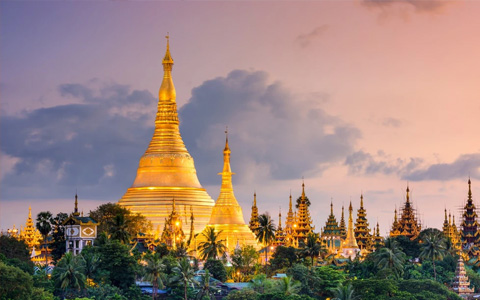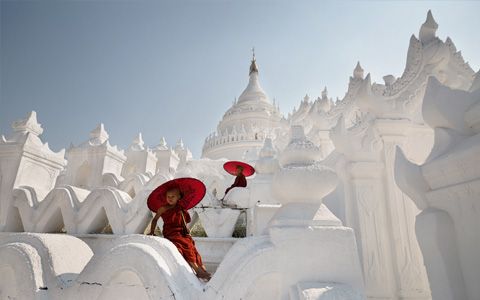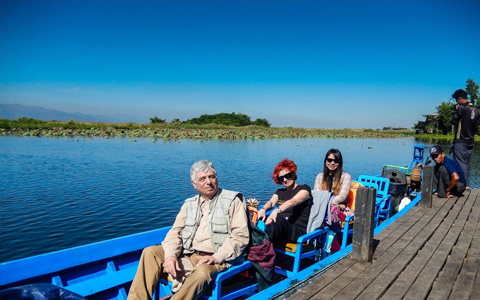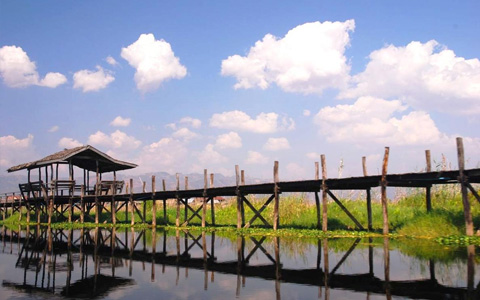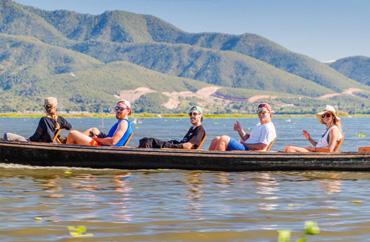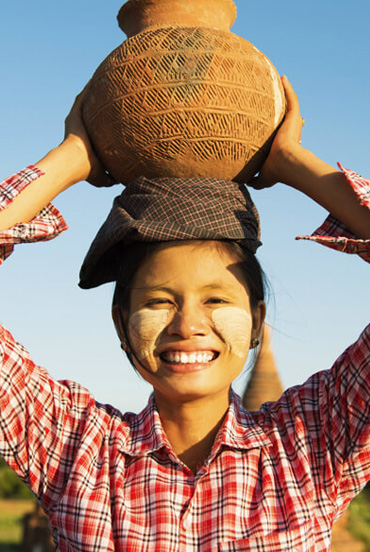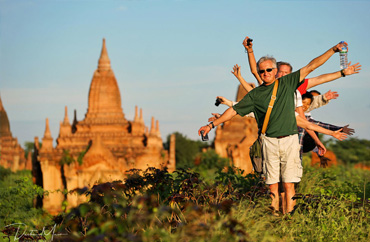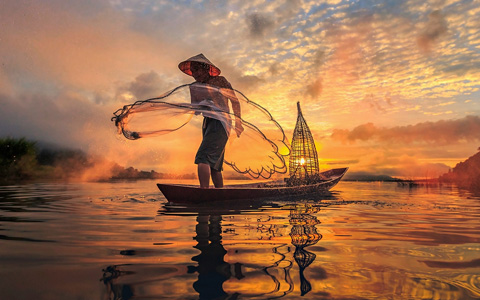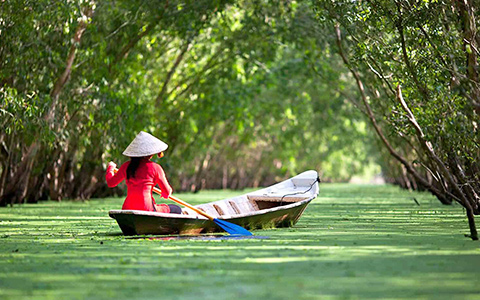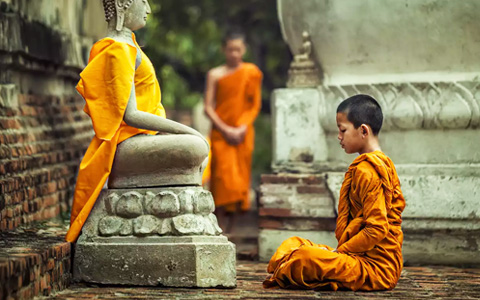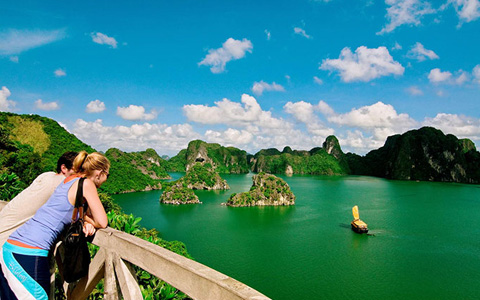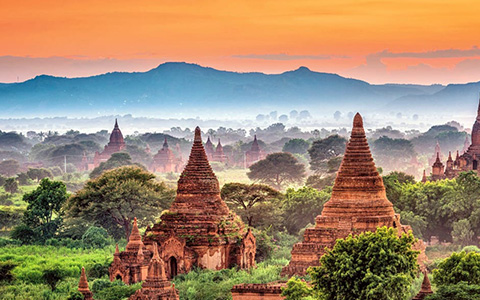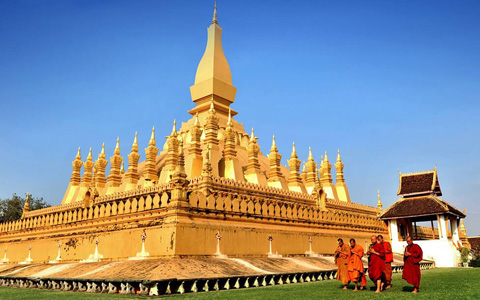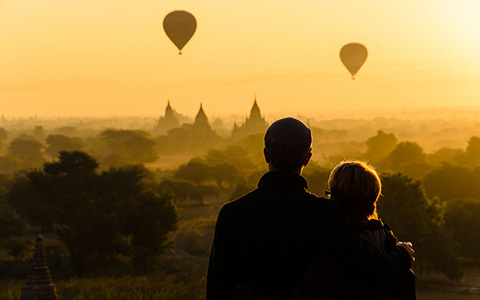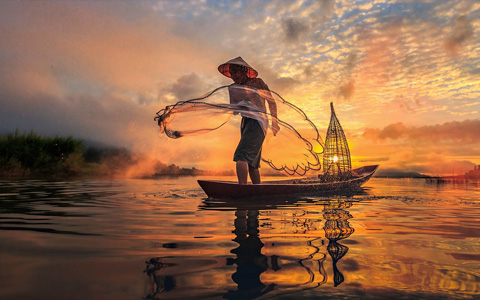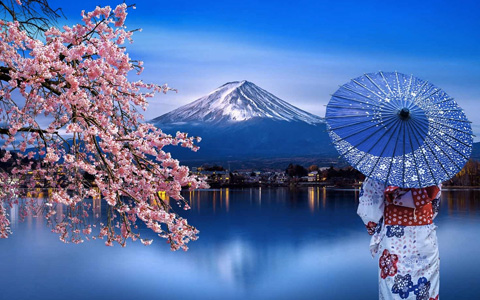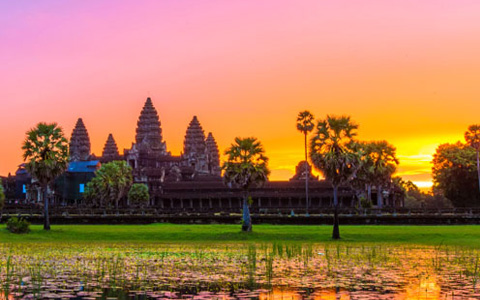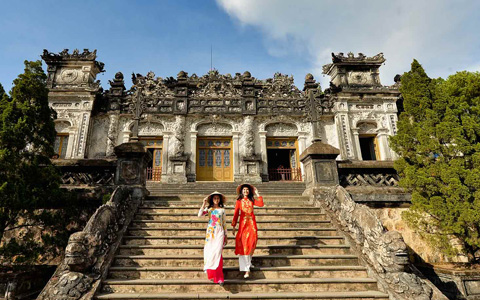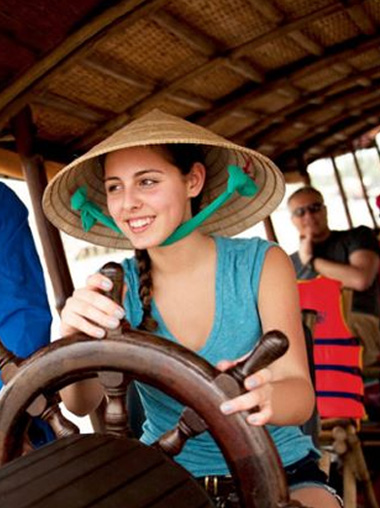1. Can I travel to Myanmar right now? Any travel restrictions for traveling to Myanmar?
Tourism in Myanmar reopened on 1 April 2022, and the country has stated that it is now open to tourists whether vaccinated or not.
Aside from the normal restriction on travel to areas of the country that are considered military-controlled and restricted, such as the Rakhine State, Myanmar also has some restrictions regarding entry to cover the COVID-19 pandemic requirements.
As well as your passport and visa, you will also need to provide a printed COVID-19 vaccination certificate to state that the traveler was vaccinated more than 14 days before travel, and a printed negative COVID-19 antigen test result taken within the last 48 hours before arrival in Myanmar.
For those not vaccinated, you need to provide a printed COVID-19 PCR test result issued no more than 48 hours before arrival.
All passengers undergo medical screening and are required to have a COVID-19 test on arrival at their own expense.
Travelers must also have valid medical insurance with COVID coverage through the specified insurance provider, Myanma Insurance, and carry a printed copy of the insurance documents while in the country.
2. Do I need a visa to visit Myanmar?
If you are from one of the 12 countries that have visa exemptions, then you do not need a visa to enter Myanmar.
The countries that have a visa exemption for Myanmar are currently: Dominica, Ecuador, Haiti, Cook Islands, Indonesia, Laos, Micronesia, Montserrat, Niue, Philippines, Singapore, St. Vincent and the Grenadines, Thailand, Vietnam, Brunei and Cambodia.
For everyone else, a visa is required.
However, there is an option for Visa on Arrival for nationals of Australia, Austria, Czech Republic, China, Germany, Hungary, India, Italy, Luxembourg, New Zealand, Russia, Spain, and Switzerland.
And the Myanmar E-Visa is now available for nationals of 100 countries around the world.
3. Is Myanmar safe to travel? Especially for solo female travelers?
Myanmar is actually relatively safe for female travelers, even those traveling solo.
As a deeply Buddhist culture and country, the majority of the population adheres to strict Buddhist conservatism.
Crimes against foreigners are also not as common as in other countries, though crimes of opportunity, such as pickpocketing, do happen, especially in very crowded areas during the peak of tourist season.
It is recommended to use a little common sense where your valuables are concerned, and not provide the opportunity for opportunistic crime.
4. How long do I need to visit Myanmar?
Ideally, about two weeks is the perfect amount of time to explore this amazing country. But it is possible to get the .
On a 7-day trip, you have time to experience the best culture and heritage of Myanmar in two or three of its most superb locations, Bagan, with its outstanding temples, and Yangon, with its nearby scenic locations and lush landscapes, which are stark contrast to the buzz of the country’s largest city.
And for nature lovers, if you want to extend inland a little, Inle Lake is a must-see for any trip to Myanmar.
A two-week trip means you can linger in the areas of Bagan and Mandalay, take a river trip and experience the Irrawaddy River dolphins firsthand, or wrap up the trip with a little beach break at the end.
5. Where to go and what to see in Myanmar?
Myanmar has a wealth of awesome places to explore, but tsome are definite must-sees in this amazing country.
Yangon, the largest city in Myanmar, is a must, with its vibrant and exciting culture. And this must include a trip to the world-famous Shwedagon Pagoda, a golden icon that can be seen from all over the city.
A trip to Inle Lake, if time permits, is one that will bring idyllic joy and peace to any traveler with its beautiful landscapes and amazing leg-rowers.
And there is no question that a tour of Myanmar would not be complete without visiting Bagan, one of the largest ancient temple complexes in the world.
6. How much does a trip to Myanmar cost? Any budget travel tips?
As with many of the Indochinese locations, a trip to Myanmar can be as cheap or as expensive as you like.
If your budget expands, you can travel first class and five-star all the way.
But for more normal travelers, a trip to Myanmar will normally cost around $30-$50 a day.
This depends on your hotel type, and backpacker hostels are often a better option, rather than the more expensive 3-star hotels.
Meals can cost from $1.50 to 4-5 dollars each, and most hostels charge around 10 dollars per person per night.
On average, a two-week trip to Myanmar, excluding flight, can be done well for around US$ 700.
7. What currency is used in Myanmar? Can I use my credit card in Myanmar?
The official currency of Myanmar is the “kyat”, abbreviated as 'K' or 'MMK'.
There are no coins, and bills range from K50 to K10,000. the kyat can be used to pay for all goods, from cans of coke to hotel bills.
However, the best form of currency to bring is US Dollars, as it is more easily exchanged, but make sure they are new bills, as many businesses will not accept well-worn dollar bills.
There are a few hotels that will accept the major credit cards, while most places do not, and they usually have a hefty surcharge on top.
Yangon and Mandalay have several ATMs that dispense in kyat, but they only accept Mastercard for international credit cards. The best option to withdraw from a credit card is the major banks in Yangon and Mandalay.
8. What are the dos and don’ts in Myanmar?
As with any Buddhist country, there are certain rules that we need to consider when traveling, and things we need to adhere to as general rules of etiquette.
Don’t show affection in public, as Myanmar is a conservative country, and do not touch the heads and feet of people you do not know, as this is considered to be the height of disrespect.
Watch what you do with your feet, as well, as you should not point toward or touch objects with them. When sitting, tuck them under yourself, and don’t sit with them pointing away from you, or at a pagoda or religious statue, or icon.
Respect the local religious customs and pay due respect to their traditional practices. And wear appropriate clothes when visiting religious sites, especially for women.
And remember to ask before taking photos.
9. Is English spoken throughout Myanmar?
Unsurprisingly, English is actually one of the “second” languages used in Myanmar, with the main language being Burmese.
However, while Myanmar English (also called Burmese English) is a second language, only around 2.6 million, or 5% of the total population of the country, speak it fluently.
This is largely because there are around 100 different dialects and languages in Myanmar, and English is just one of many.
English is spoken more in the major cities than in the rural areas, but there is usually someone who can speak it well enough in most places.

 inquiry@myasiatours.com
inquiry@myasiatours.com
